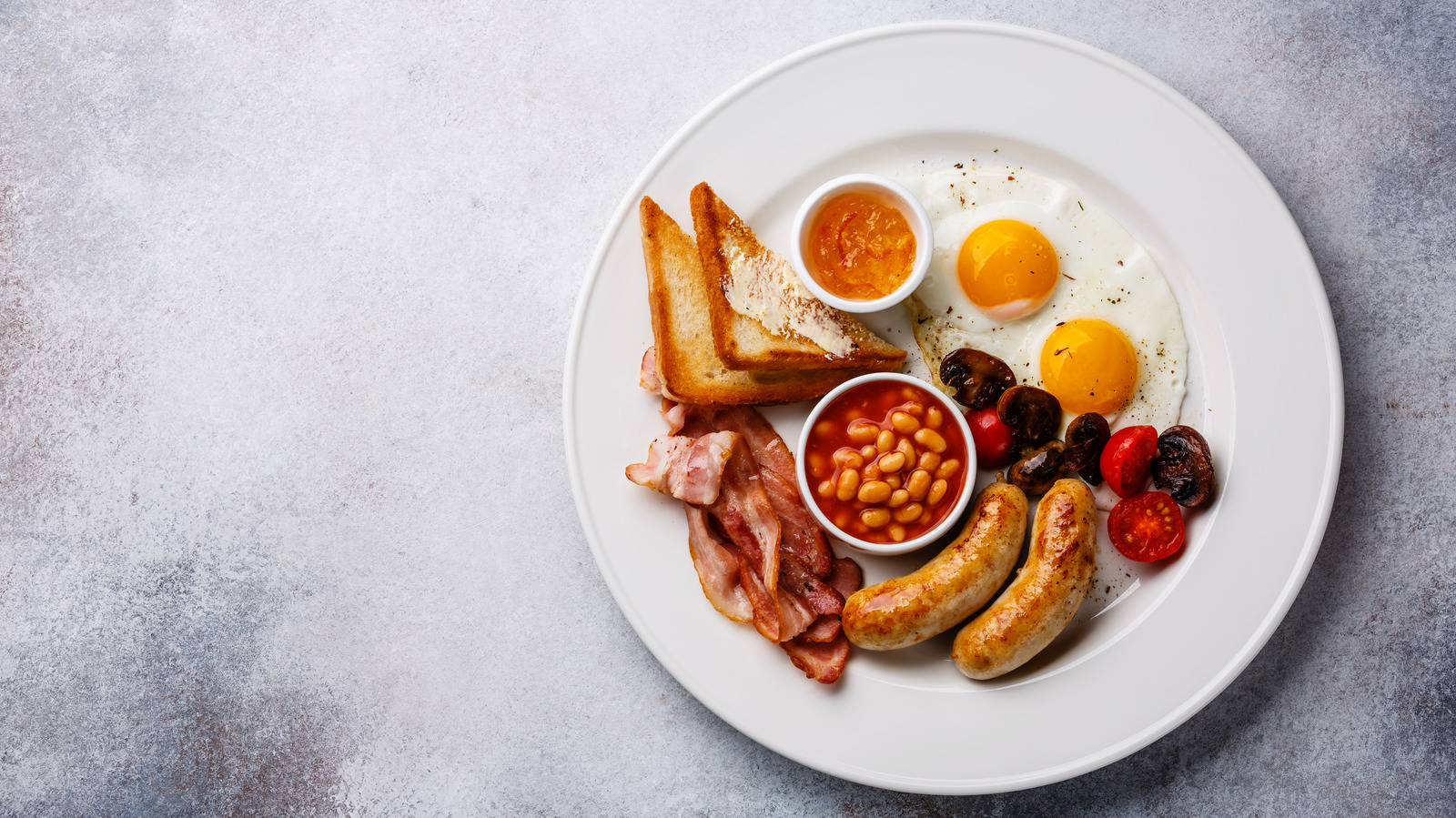
Is There A Difference Between A Full English And An Irish Breakfast?
English Breakfast tea tends to be lighter with a hint of honey sweetness, often blended from Assam or Keemun. In contrast, Irish Breakfast is bolder and more robust, predominantly featuring a higher concentration of Assam for a stronger flavor. Similarities Between English and Irish Breakfast Tea. Let's start with the common ground. Both.
/What-is-a-full-breakfast-435324-V4-e3dd73e44dec4f859c80f6046dda5560.png)
Diet Food For Breakfast Outlet Here, Save 64 jlcatj.gob.mx
Irish Breakfast tea is usually stronger than English breakfast, but today, that doesn't always need to be a case. Today, many English Breakfast blends contain at least 2 or more different teas, sometimes even four or more. On the other hand, Irish Breakfast is likely to have 2 at most, with the stronger one always being a predominant one.
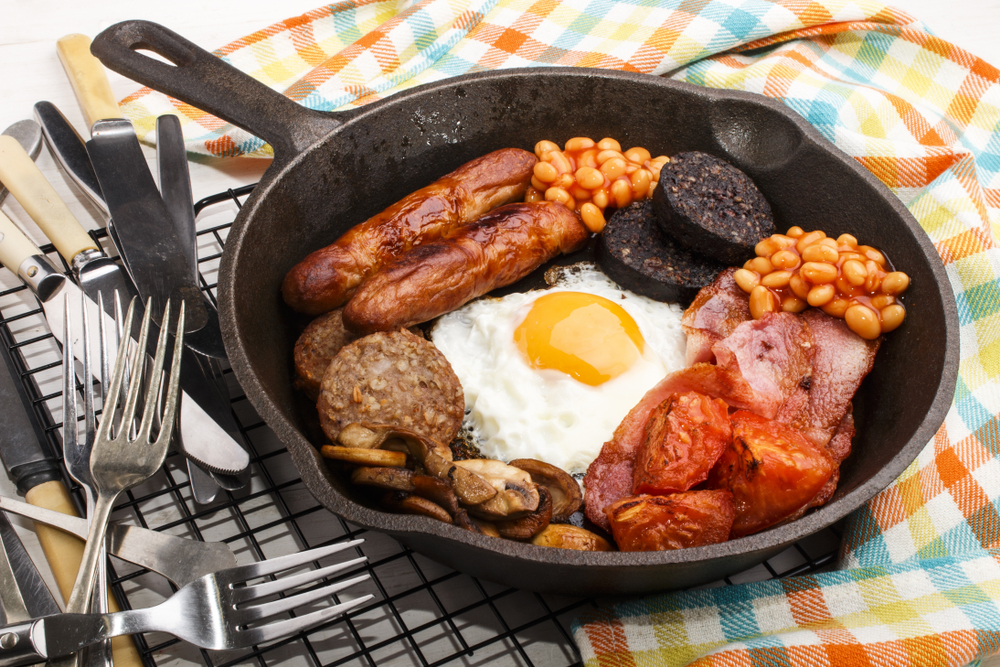
Differences Between An Irish Breakfast & An English Breakfast
Flavor Profile: Irish breakfast tea is known for its bold, malty flavor, while English breakfast tea has a more robust, full-bodied flavor with a slightly astringent finish. Caffeine Content: Irish breakfast tea has a higher caffeine content compared to English breakfast tea, making it a popular choice for those looking for a morning boost.

A Full Irish Breakfast
An English Breakfast blend contains at least two, and up to four different teas. Irish Breakfast tea is typically stronger than English Breakfast tea. Although English Breakfast tea is strong, it is a lighter tea than Irish Breakfast tea. Assam contains more caffeine than many other tea varieties, including Ceylon.
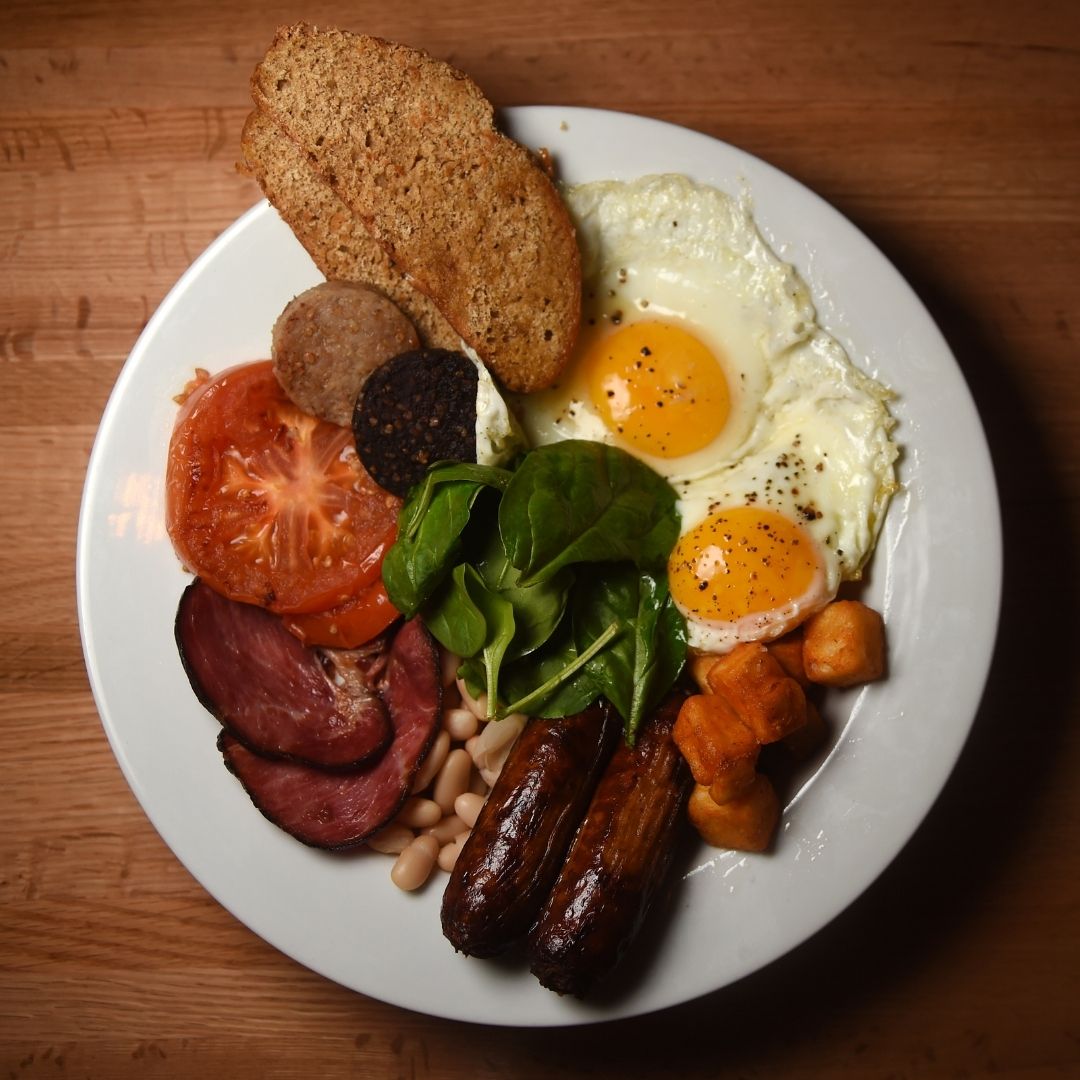
Enjoy an Irish Breakfast in Lakewood Ranch Brunch near Bradenton
Kenyan tea is less common in Irish blends, as the focus is on depth and strength. So, simply put, the key difference lies in the ratio and type of black teas used. English breakfast leans towards a brighter, more balanced blend, while Irish breakfast embraces the bold and malty notes of Assam.

English Breakfast diagram Traditional breakfast, English breakfast
Sipping hot tea in the morning has been a part of many cultures across the globe. Different cultures prefer different types of tea. They love a strong and robust tea with their breakfast to get energy for the day ahead. In this article, we will discuss two popular types of teas. These are English breakfast tea and Irish breakfast tea. Both these types of teas are inseparable from their.
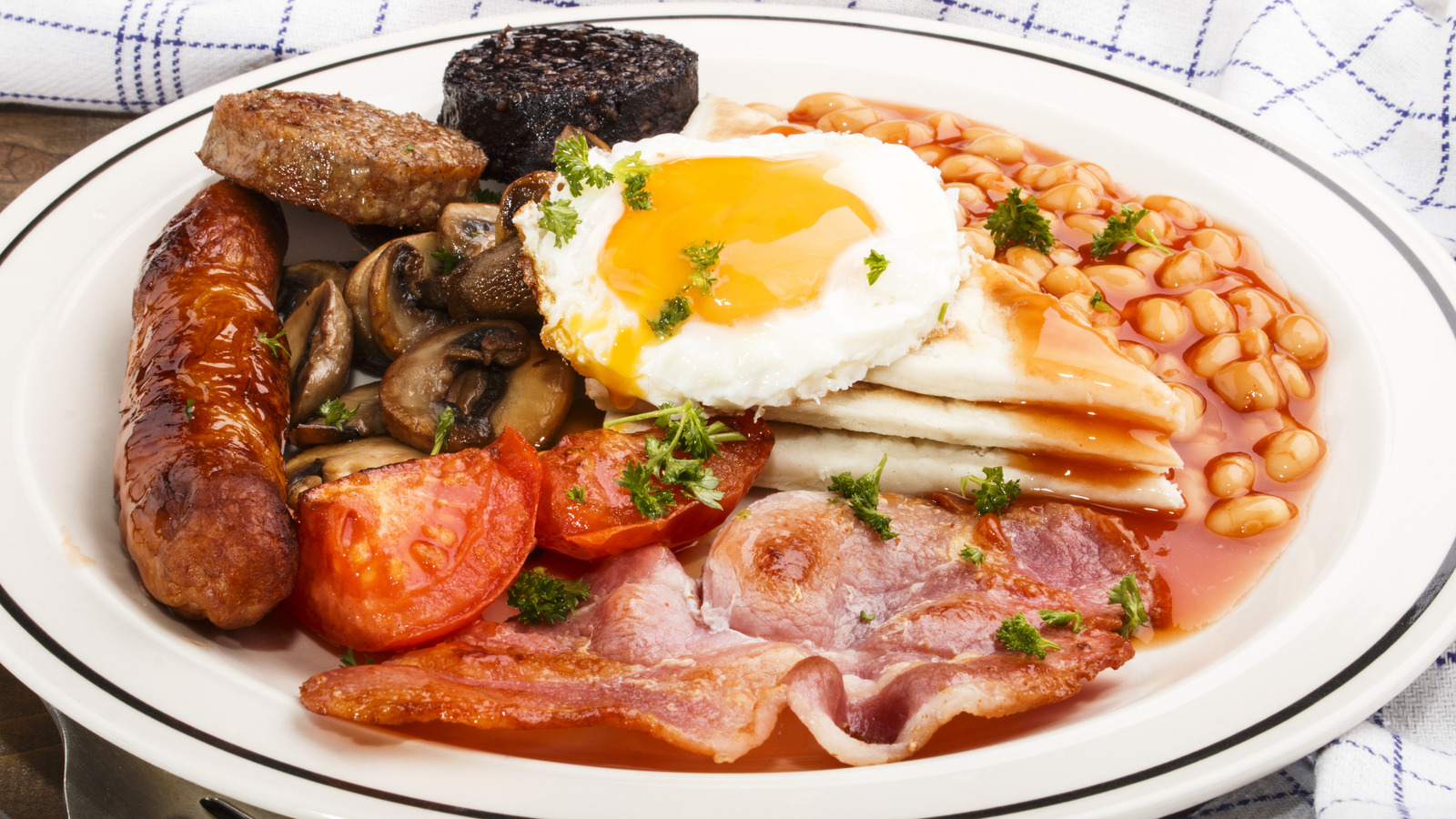
Full English Vs. Full Irish Breakfast What's The Difference?
Just as with English Breakfast, Irish Breakfast Teas all taste slightly different. Barrys Irish Breakfast has a lighter and more subtle flavor than Bewleys, which has a creamy, malty flavor and full-bodied taste. To produce this tea, Bewleys blends teas from India, specifically Assam and Darjeeling.

English, Irish & Scottish Breakfast Tea How Are they Different
Drinking hot tea has been a longstanding tradition in Europe, specifically in England and Ireland. English and Irish breakfast teas have been a staple for many households for their bold flavors and tannin levels. Breakfast teas were produced to accompany the traditional breakfasts served in each country and are often associated with the bold, robust flavors of black tea. The boost of caffeine.
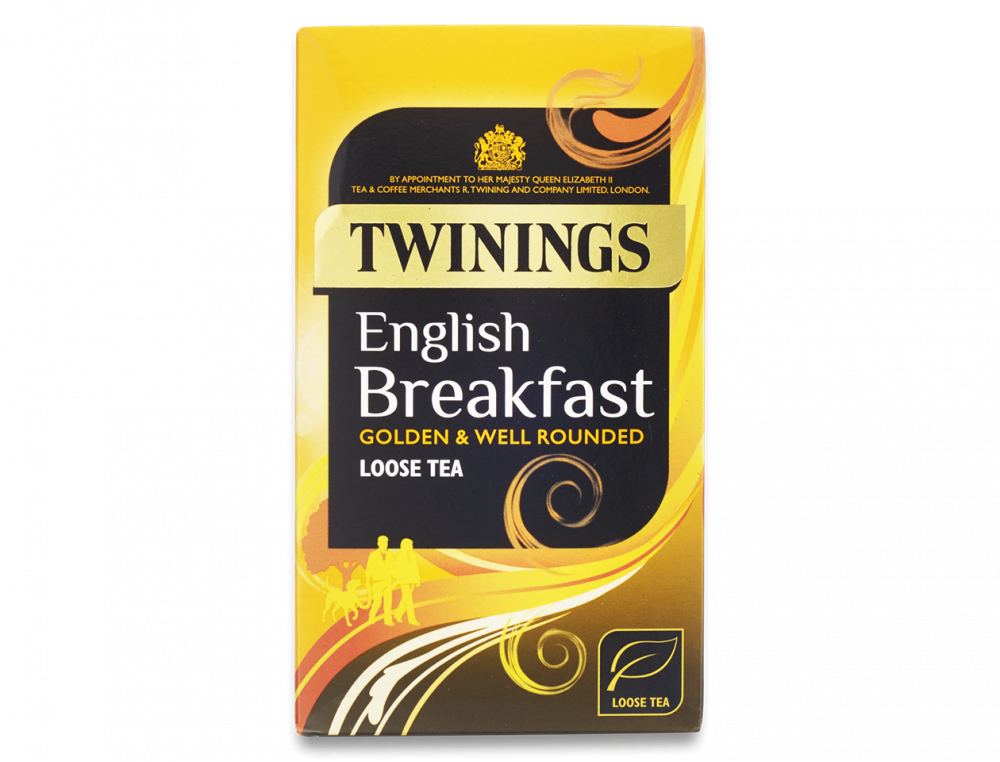
Twinings English Breakfast Loose Leaf tea box 125g per box, 4 boxes
Last Updated on March 20, 2024. Let's dive into the world of breakfast teas to explore and compare two popular varieties: English Breakfast Tea Vs Irish Breakfast Tea.
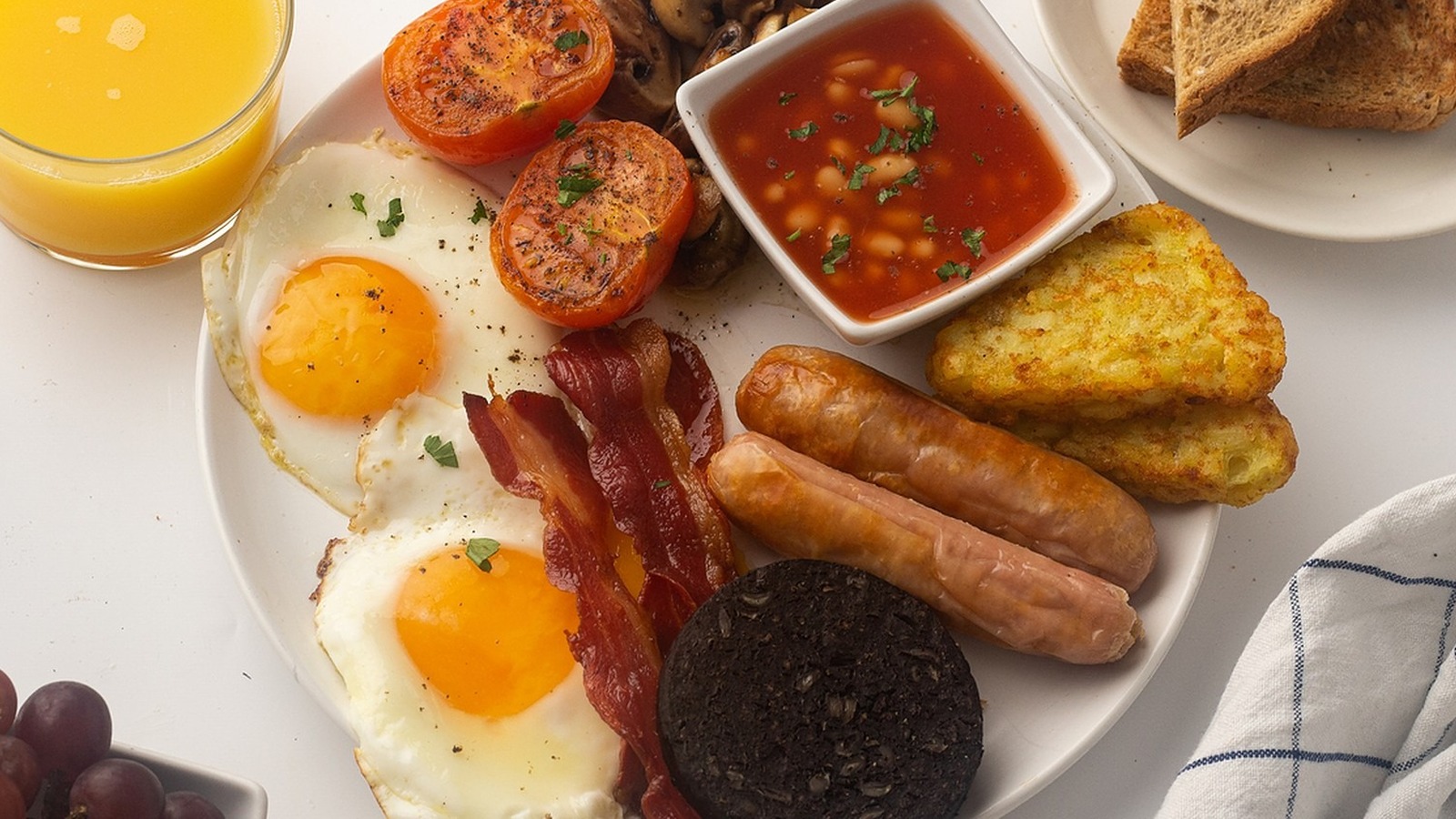
Traditional Irish Breakfast Recipe
Originally a China black tea but now frequently includes a strong Ceylon tea component. May also include teas from Assam, Africa, and/or Indonesia. Irish breakfast: More robust than English breakfast. Generally has a strong Assam component, giving it a malty flavor. Scottish breakfast: Typically the strongest of the three.
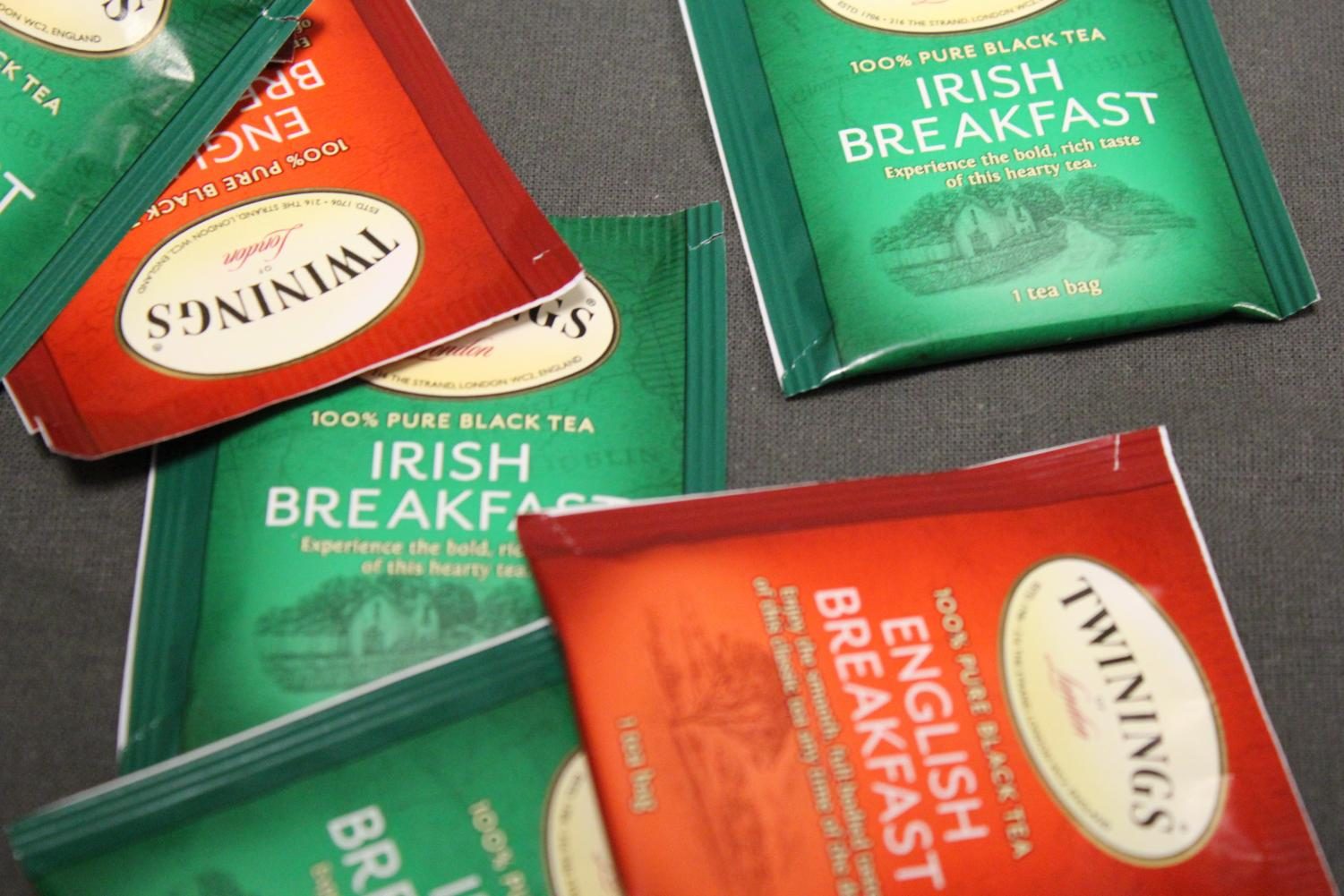
Battle of the British Isles Twining’s English Breakfast tea vs. Irish
Irish breakfast tea relies heavily on the Assam components, and it has more of a malty flavor than its English and Scottish counterparts. It also has more of a reddish color to it, despite being a black tea blend. This tea is also enjoyed with milk or cream sometimes, but it is also sometimes enjoyed plain or with sugar.
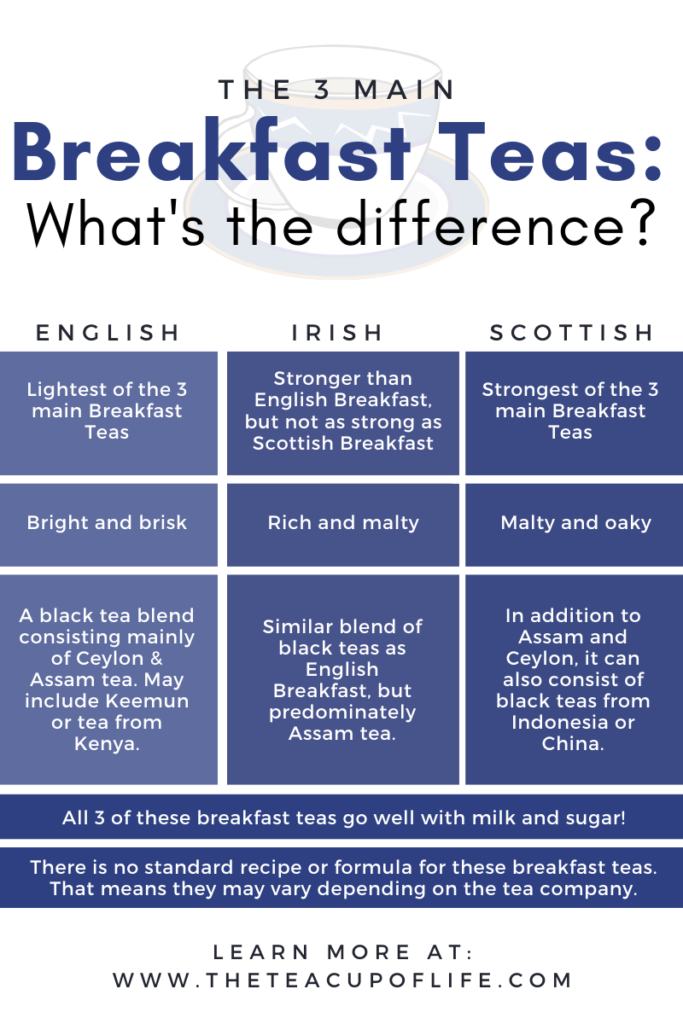
English, Irish and Scottish Breakfast Tea What's the Difference? The
Irish breakfast tea also has a strong Assam component, giving it a robust, malty flavor and reddish color. It is stronger than English breakfast tea, but not quite as strong as the Scottish variety. Because of the important role of the dairy industry in Ireland, it is usually served with milk. However, some Irish tea drinkers choose to take.

English Breakfast Tea vs. Irish Breakfast Tea Houses Of Windsor
Irish Breakfast tea is heavy toward Assam and may also include tea from Ceylon and/or Kenya. It is stronger and more robust than English Breakfast Tea, with a reddish hue and malty flavor. In Ireland, this tea is traditionally drunk strong with lots of milk. It pairs wonderfully well with Wheat and Honey Scones as well as Carrot Cake Scones.

Organic English Breakfast Tea Zoetic — Zoetic
As a result of the higher proportion of Assam tea, Irish Breakfast Tea is known for its stronger, more robust flavor profile. English Breakfast Tea, on the other hand, is known for its slightly lighter and more nuanced flavor, with a smoky and slightly sweet note. Another key difference between the two is the way they are enjoyed.
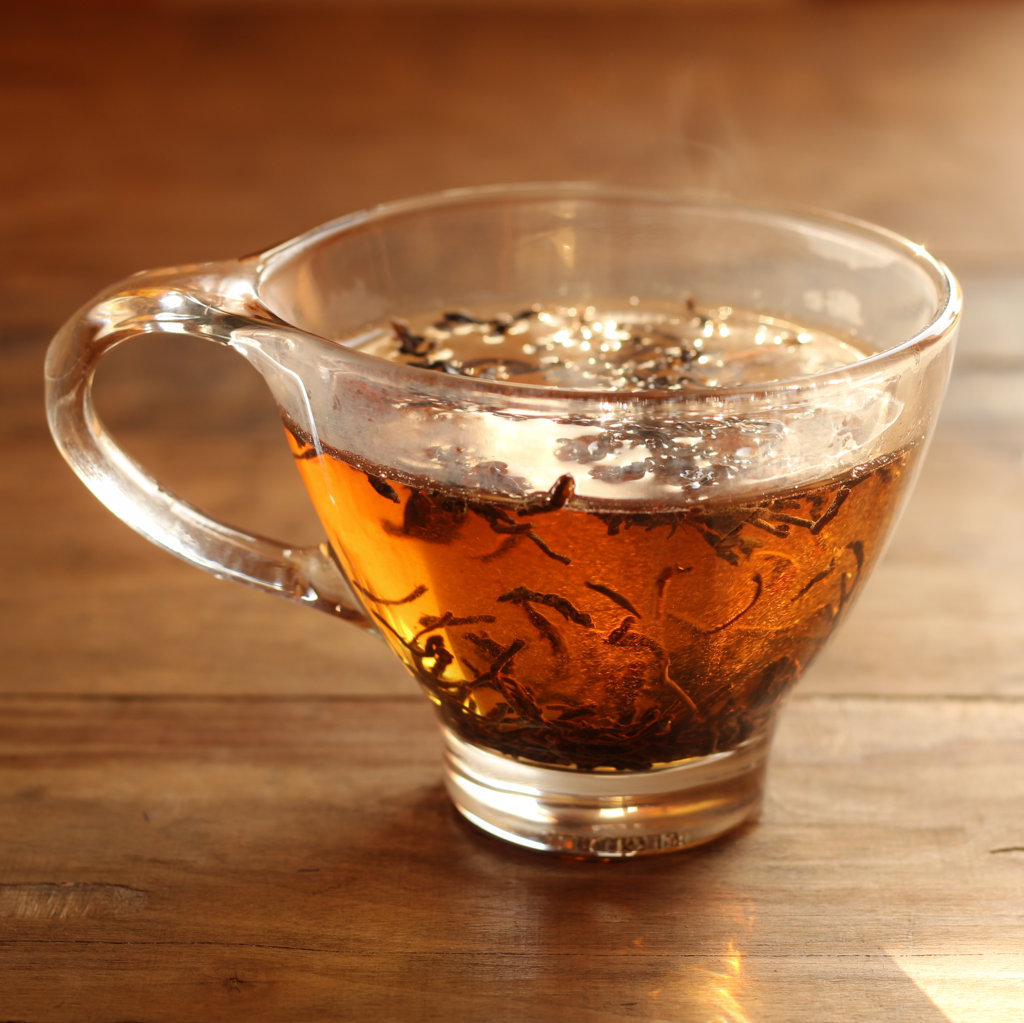
Buy English Breakfast Tea Online English Breakfast Tea Teafloor
Twinings describes their Irish Breakfast (when compared to English breakfast) to be "much stronger, more intense in taste and bolder in colour.". This is a known difference between English and Irish breakfast tea blends. One of the main distinguishing factors is that Irish Breakfast always has a strong Assam component.

English Tea Shop Fairtrade & Organic English Breakfast 50g Gan Teck Kar
August 5, 2022. The main difference between Irish vs. English Breakfast tea is that the Irish tea blend has more Assam tea, while the English variety has more Ceylon tea. Of course, this is just the tip of the iceberg. If you want to discover just how different - and similar - the teas are, then you need to keep digging!